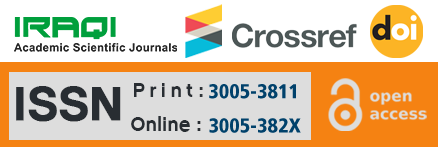Effect of Nano-coating on Molten Salts for Turbine Blades
Abstract
The purpose of this study is to optimize hot corroded pack coated Ni-based superalloy K417G using grey relational analysis. Optimization of the pack cementation parameters was performed using quality characteristics of diffusion coatings for pack cementation process, i.e., salt activator, Nano-powders master alloy powder, and wt.% Y2O3. Analysis of variance (ANOVA) was used for observing the most influencing pack cementation parameters on the quality characteristics, i.e., Na2So4-6% wt. V2O5 (kp1), 100 wt% NaSO4 (kp2), and 75 wt. % NaSO4-25 wt % NaCl (kp3). The optimal process parameters were calculated using a grey relation grade and a confirmation test was performed. Based on the analysis of variance results, the wt.% Y2O3 is the most significant controllable diffusion coating factor for the hot corroded pack coated K417G at optimum setting conditions (A2, B3, C3) i.e., activator (NaCl), master alloy (94Cr-6Al), and wt.%Y2O3 (4%). according to the quality characteristics. Grey relational analysis was successfully applied to the optimization of hot corroded pack coated K417G using multi-performance characteristics.
Copyright (c) 2020 Iraqi Journal of Nanotechnology

This work is licensed under a Creative Commons Attribution-NonCommercial-NoDerivatives 4.0 International License.




